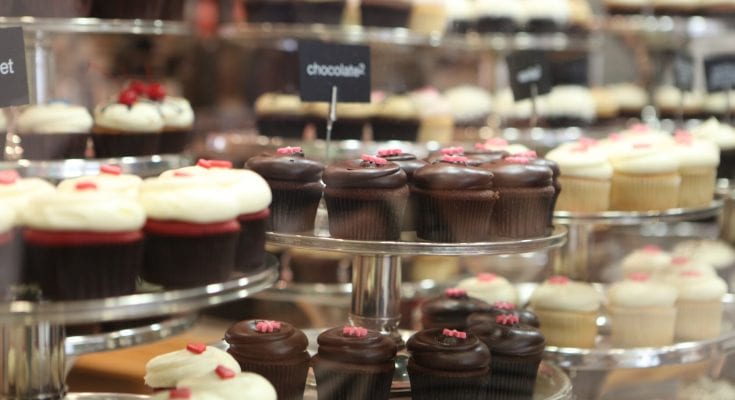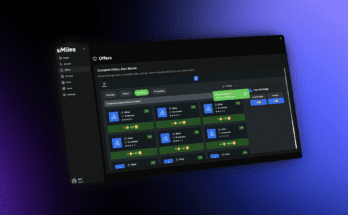The average customer takes about 13 seconds to decide if they will buy something in the store. By understanding the role of consumer psychology, you can create food displays to speak to your customers in that short time.
Wondering how to make your brand stand out? Keep reading to learn more about the consumer journey and how utilizing consumer psychology can help you sell your product.
The Science of Consumer Psychology
Consumer psychology studies human behavior in relation to buying patterns, preferences, and reactions to consumer products. These include reactions and preferences for packaging, advertising, and marketing of the products.
This field studies how:
- Consumers choose services, products, and businesses
- Marketers can reach target customers
- Factors influence motivation
- Emotions and thought process determine decisions
- The power of media, friends, family, and culture affect decisions
Consumer behavior and understanding the psychological factors affecting this behavior is a challenge for business owners. It’s essential to develop a good relationship with the target audience, and consumer psychology plays a major role in this.
What Is Visual Merchandising?
By using consumer psychology, you can design your layout and displays to maximize sales and attract customers. Visual merchandising is a science that uses consumer behavior to attract customers.
The main goals of visual merchandising are to establish your brand, make sure customers know they are in the right spot, and also influence the customer purchasing habits. This enables customers to find and purchase a product easily.
Using visuals and consumer psychology, you can come up with the right display to promote your product.
How Can You Use Psychology to Promote Buying Food?
One of the ways you can promote food is to make it easily accessible. This is why displays in the end-aisle sell about 30 percent more even if you don’t change the price. Shoppers tend to walk slowly through the first few aisles, and then start moving more quickly.
You should also pair the item with a product that complements it, such as crackers by cheese or chips by salsa. This is a great opportunity that can be easily overlooked because you are anticipating a shopper’s need.
Product and Branding Colors Matter
Color psychology may not be a perfect science, but we know that bright colors do not evoke the same emotions as pastel colors. Colors do impact the art of choosing products based on differences in experiences, culture, and personal preferences, and they also can influence a consumer’s perception of your brand, especially the first impression.
Shoppers can make snap decisions, and color plays a large role in this decision. For example, both men and women prefer cool colors such as green or blue.
However, different cultures may view some colors differently. For example, North Americans tend to view purple as soothing and yellow as optimistic. Yellow is also popular with food because it’s known as an appetite stimulant.
Others view black as sophistication or a luxury product. If you want to create action, red screams act now and is a great color to promote sales.
You also want to make sure you choose colors that you can see. For example, don’t write with blue letters on a black background because it may be hard for some people to read.
Impulse Shopping Drives Visual Influencers
You want customers to see your product, to buy it, especially impulse buys. You want to make sure shoppers can see it easily from an aisle. The displays should be at eye-level and eye-catching to have the most impact.
For example, in a bakery, using stands for cupcakes is a great way to catch a consumer’s eye to see the different varieties. You should also create signs to help customers learn what they are, so they don’t have to guess.
Using digital merchandising tactics can also grab consumers’ attention. For example, this includes the signage that is eye-level throughout the store. You can create digital signage that aligns with peak traffic times and different promotions throughout the day, such as premade dinners around late afternoon.
Visual Aesthetics Appeal to Emotions
Impulse purchases are typically for more inexpensive items, but this doesn’t work for more luxury items that usually require more emotional thoughts and decisions. This emotional connection is vital to the brands that rely on aesthetics for selling products.
You also need to create a cohesive experience for your products in-store and also online.
You want to increase the appeal through sensory. You can’t just say here’s a new product, come buy it. You need to describe its potential uses and its attributes, such as a food that goes great with chicken or Chardonnay.
Be Clear
It’s important that you display answers within seconds—what’s your brand, what is the product, and what problem it solves. There should be no mystery what the consumer is buying.
You want a simple display that looks good and is clear to affect any decision making. Let customers know why they should buy your product in simple words like “great taste” or “great dinner idea.”
Don’t just say your product is the best. Explain why it is the best. Use words that engage the senses, such as the shape, texture, smell, and color of your product.
Using Psychology in Your Food Displays
The shopping experience is highly influenced by visuals. This is why food displays are important to help consumers react, make purchases, and learn about new products. By using new technology, you can use visual merchandising practices that will drive higher sales with influence.
If you enjoy interesting facts, keep checking out our site for more great insights on just about anything and how people feel and communicate.
Pixabay.com royalty-free image #569096, ‘pralines, chocolate, sweets’ uploaded by user Life-Of-Pix, retrieved from https://pixabay.com/photos/pralines-chocolate-sweets-candy-569096/ on April 27th, 2021. License details available at https://pixabay.com/en/service/terms/#usage – image is licensed under Creative Commons CC0 license


